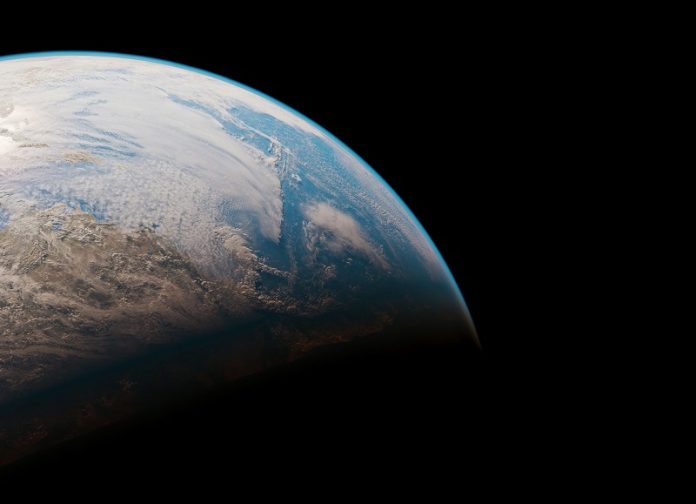
A new study led by Virginia Tech has found that, after the last global ice age, Earth went through a dramatic and rapid melting period, turning into a “slushy planet” as high levels of carbon dioxide (CO₂) in the atmosphere triggered massive warming.
This fascinating period, called the “plumeworld ocean” era, saw Earth transition from a deep freeze to a warm, melting landscape over a relatively short time in geological terms.
The research, led by Tian Gan, former postdoctoral researcher at Virginia Tech, along with geologist Shuhai Xiao, offers the first direct geochemical evidence of this transition.
Their study, published in Proceedings of the National Academy of Sciences, shows how this “slushy” phase unfolded.
A deeply frozen Earth
The last global ice age occurred around 635 to 650 million years ago, a period when Earth’s climate cooled drastically.
During this time, ice spread widely over the oceans and continents, reflecting sunlight and causing temperatures to drop even further. According to Xiao, the CO₂ levels during this period were so low that the planet’s climate continued to cool as ice expanded.
When the surface ocean froze, it disrupted several natural processes. The water cycle essentially stopped—there was almost no evaporation, which meant very little rain or snowfall. Additionally, a process known as chemical weathering, where rocks break down and consume CO₂, slowed dramatically. With no weathering to reduce CO₂ levels, CO₂ began to build up in the atmosphere, trapping heat.
Eventually, this built-up CO₂ created enough heat to break the freezing cycle. “When it ended, it probably ended catastrophically,” Xiao said.
The “Plumeworld Ocean” era
Once CO₂ levels were high enough, temperatures started to rise, and the ice began to melt quickly.
Over about 10 million years, Earth’s climate swung dramatically from around minus 50 to 120 degrees Fahrenheit (minus 45 to 48 degrees Celsius).
This shift didn’t happen evenly; instead, large rivers of meltwater flowed from glaciers on land into the sea, creating a layered ocean with fresh, less salty water on top and denser, saltier water below.
To test this scenario, researchers analyzed a type of rock called carbonate rock, which formed during this melting phase. By examining lithium isotopes in these rocks, they found that freshwater signatures were more abundant in nearshore rocks than those formed offshore, supporting the idea of massive glacial melt pouring into the oceans.
This study helps scientists better understand the limits of environmental change and the conditions in which life can survive. The researchers believe this slushy phase gives insight into the resilience of life in extreme conditions, whether hot, cold, or somewhere in between.
The findings not only reveal Earth’s remarkable climate history but also shed light on the ways life can adapt and survive through drastic changes, offering valuable clues about resilience in our own time of climate shifts.
Source: Virginia Tech.



